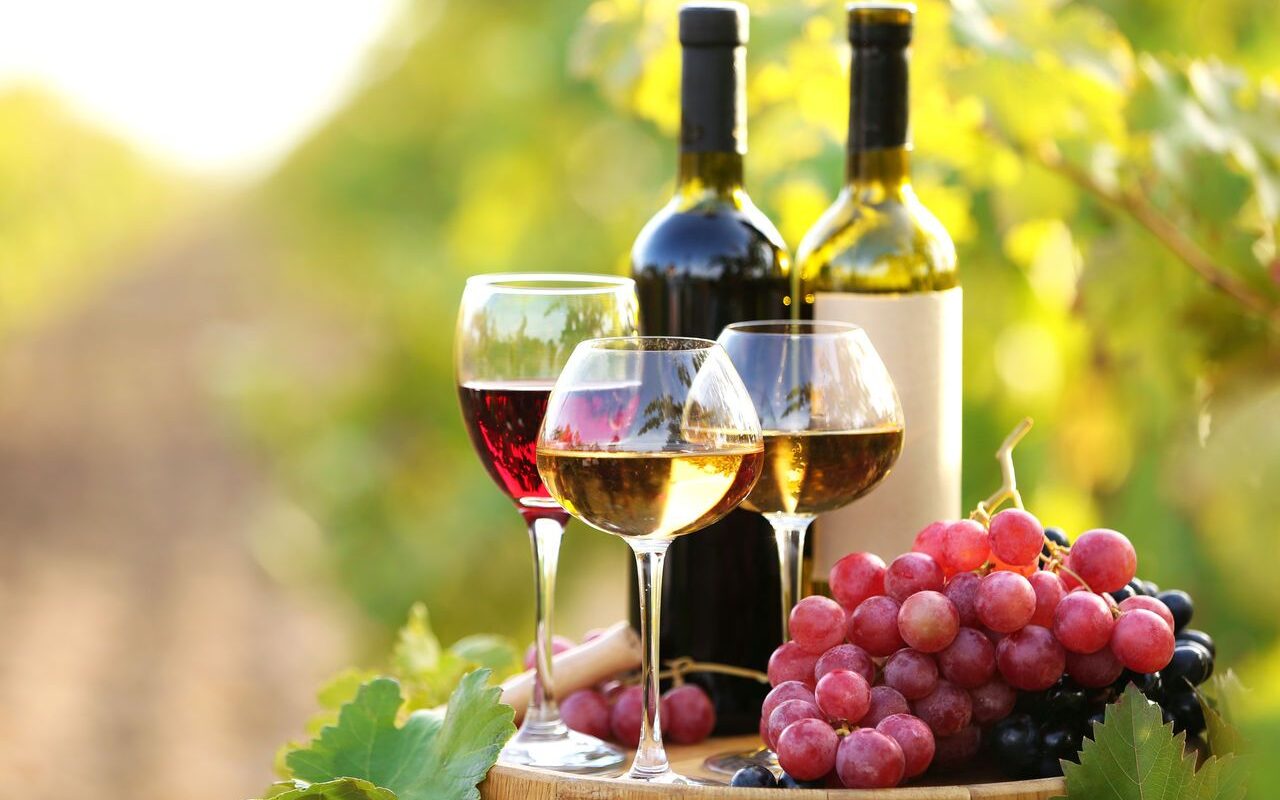Origins of Wine
Wine has been produced for thousands of years and is deeply embedded in many cultures around the world. Archaeological evidence suggests that wine was being produced as early as 6000 BC in Georgia in the Caucasus region. Some of the earliest evidence of wine production has been found in Armenia, Iran and southern Georgia. These early civilizations discovered that wild grape vines could naturally ferment their own juices into alcoholic wine.
The Ancient Greeks and Romans
During the classical period of ancient Greece and Rome, wine came to have major cultural and religious significance. Vine cultivation and wine production developed into advanced practices. The Greeks believed that wine had been discovered by their god Dionysus who taught humans the processes and rituals of viticulture. They used wine commonly in their religious activities and celebrations. Many myths and Dionysian mysteries revolved around the cultural uses of wine. Romans adopted viticulture from the Greeks and wine production exploded throughout the Roman Empire. Romans established some of the earliest documented grape varietals and sophisticated production techniques that are still in use today.
Spread of Viticulture
As the Roman Empire expanded, they established vineyards throughout Europe wherever climate conditions permitted. Some of the earliest and most renowned wine regions today were established during Roman rule. Regions like France, Italy, Germany and Spain owe their winemaking traditions largely to the Romans. After the fall of Rome, vineyards and wine production continued under Christian monastic orders across Europe. Monks carried on winemaking as both a sacrament for religious rituals and a means of trade and commerce. Villages and communities adopted viticulture as an important part of their economic and cultural identity.
New World Wines
As European colonial powers expanded globally in the 15th-19th centuries, they took grape vines and wine making knowledge to their new colonies. Regions like California, Argentina, South Africa, Australia and New Zealand established commercial wine industries modeled after the Old World but utilizing new indigenous grape varieties. Some of the earliest American settlers to Virginia and eastern states took vines and produced sacramental wines. In the 18th-19th centuries, more settlers arrived in California from Spain and Mexico already familiar with viticulture. This helped spark the rapid growth of California as a major producer today.
Classification and Styles of Wine
Varietal vs Blend Wines
Wines can be broadly classified based on whether they are made from a single grape variety or multiple blended varieties. Varietal or varietal-labelled wines must contain a minimum percentage of the grape variety on the label. Blend or blended wines contain multiple varieties but none is dominant enough to take the varietal name. Blends allow winemakers to craft complex bouquets and balances by combining complementary grape flavors and textures.
Red vs White vs Rosé
Red wines are made from dark-skinned grapes like Cabernet Sauvignon, Merlot or Pinot Noir. Their color comes from anthocyanins in the grape skins that leach into the wine during fermentation. White wines made from pale-skinned grapes like Chardonnay or Sauvignon Blanc have little skin contact during fermentation. Rosé wines have some skin contact allowing a slight blush of color but not as much tannins as reds.
Still vs Sparkling
Still wines refer to standard table wines without any carbonation or bubbles. Sparkling wines like Champagne undergo a secondary fermentation inside the bottle that traps carbon dioxide creating the signature effervescence. Methods like méthode champenoise are highly regulated for top sparkling appellations.
Sweetness Levels
Wine sweetness is determined by residual sugars left after fermentation. Dry wines have all sugar fermented to alcohol leaving them with little detectable sweetness. Off-dry or medium-dry wines leave some sugar while sweet wines stop fermentation early retaining higher sugar levels. Dessert wines like Sauternes are made from late harvest grapes affected by Botrytis fungus concentrating sugars.
Terroir and Aging
Perhaps the most profound influence on wine character comes from terroir – the unique combination of soil, climate and topography of a vineyard site. Subtle differences in terroir are what give wines from neighboring regions their distinctive personalities. Most red wines are crafted to improve with bottle aging as volatile elements evolve leaving smoother integrated flavors.
The Cultural Significance of Wine
A Sacramental Beverage
For centuries, wine has played a central role in religious rituals for Christians, Jews and others. The transformation of grape juice into wine was seen as a symbol of Christ’s blood according to the New Testament. Wine is used regularly in sacraments and ceremonies even today signifying spiritual essence. The sacramental use of wine significantly influenced viticultural practices globally.
Social Tradition and Identity
In many cultures around the world, wine came to have enormous social significance far beyond religious uses. Communities have formed strong cultural traditions and identities centered around local wines. Regional food pairings and celebratory protocols elevate wines to true cultural cornerstones. The social aspect of responsible wine consumption brings people together for bonding, festivities or simple joys of food and drink.
Rituals and Customs
Following ancient traditions, many cultures developed unique protocols and rituals around viticulture, winemaking harvests, aging cellars and consumption. From grape stomping dances to barrel tastings, wine taps into human instincts of togetherness through shared labor and enjoyment. Historical costumes, songs and folklore keep legacy traditions alive even as technology modernizes production. Rituals ensure that the deep cultural and symbolic meaning of wines are passed to new generations.
Economic Engine
Today, viticulture generates huge revenues globally through employment, sales and tourism in leading wine regions. Multi-billion dollar industries support livelihoods and rural communities. Wine competitions, sommelier certifications and fancy labels showcase prestigious cultural cache and national pride for wines. Continuing cultural significance ensures economic vitality and conservation of treasured local heritage for favorite appellations worldwide.
*Note:
- Source: Coherent Market Insights, Public sources, Desk research
2. We have leveraged AI tools to mine information and compile it




